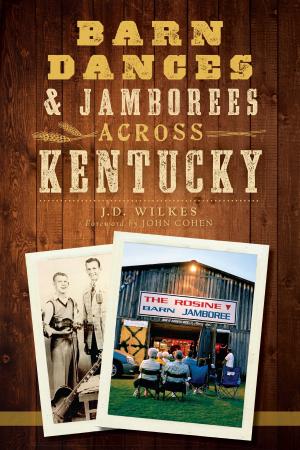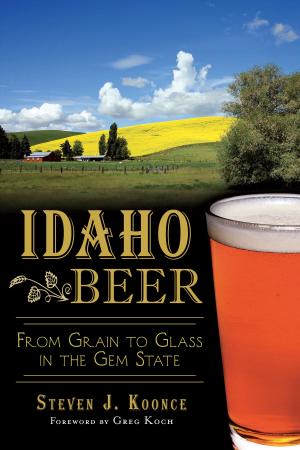| Author: | Mary L. Maas | ISBN: | 9781439636763 |
| Publisher: | Arcadia Publishing Inc. | Publication: | October 27, 2008 |
| Imprint: | Arcadia Publishing | Language: | English |
| Author: | Mary L. Maas |
| ISBN: | 9781439636763 |
| Publisher: | Arcadia Publishing Inc. |
| Publication: | October 27, 2008 |
| Imprint: | Arcadia Publishing |
| Language: | English |
The boldest and bravest of pioneers headed west, by covered wagon and on foot, to carve out new lives from verdant prairie sod, near the riverbanks in the beautiful Elkhorn Valley. French fur trappers called the river Corne de Cerf, French for the �horn of the elk,� due to the river and its tributaries resembling the antlers of a stag. It then became known as the Elkhorn River. Catfish, bullheads, perch, and bass provided a welcomed change in sparse diets. Here settlers established churches, schools, and towns in a raw wilderness where Ponca, Omaha, Sioux, and Pawnee tribes lived. The prairie grasses fed herds of buffalo, elk, deer, and bighorn sheep. Coyotes, foxes, and wolves roamed in abundance. This land was named Stanton County in honor of Edward M. Stanton, Abraham Lincoln�s ex�secretary of war. Germans, Scandinavians, Bohemians, and Canadians settled in the picturesque river valley and were joined by settlers from Wisconsin and Virginia, as well as the Hoosiers from Indiana.
The boldest and bravest of pioneers headed west, by covered wagon and on foot, to carve out new lives from verdant prairie sod, near the riverbanks in the beautiful Elkhorn Valley. French fur trappers called the river Corne de Cerf, French for the �horn of the elk,� due to the river and its tributaries resembling the antlers of a stag. It then became known as the Elkhorn River. Catfish, bullheads, perch, and bass provided a welcomed change in sparse diets. Here settlers established churches, schools, and towns in a raw wilderness where Ponca, Omaha, Sioux, and Pawnee tribes lived. The prairie grasses fed herds of buffalo, elk, deer, and bighorn sheep. Coyotes, foxes, and wolves roamed in abundance. This land was named Stanton County in honor of Edward M. Stanton, Abraham Lincoln�s ex�secretary of war. Germans, Scandinavians, Bohemians, and Canadians settled in the picturesque river valley and were joined by settlers from Wisconsin and Virginia, as well as the Hoosiers from Indiana.















